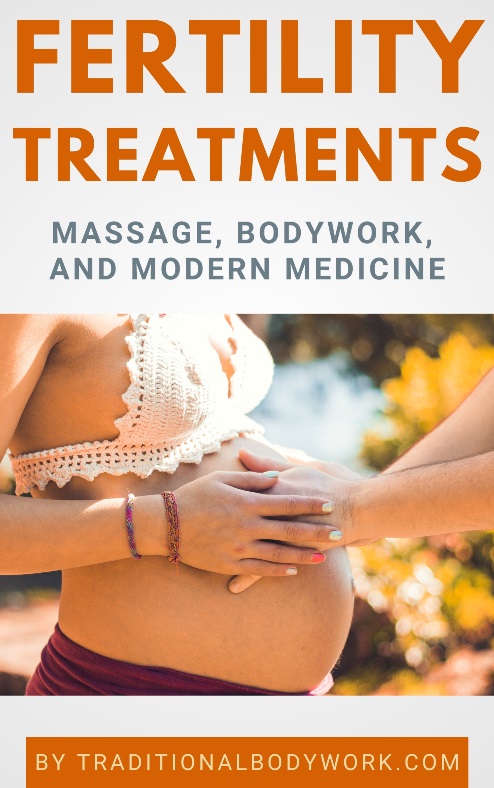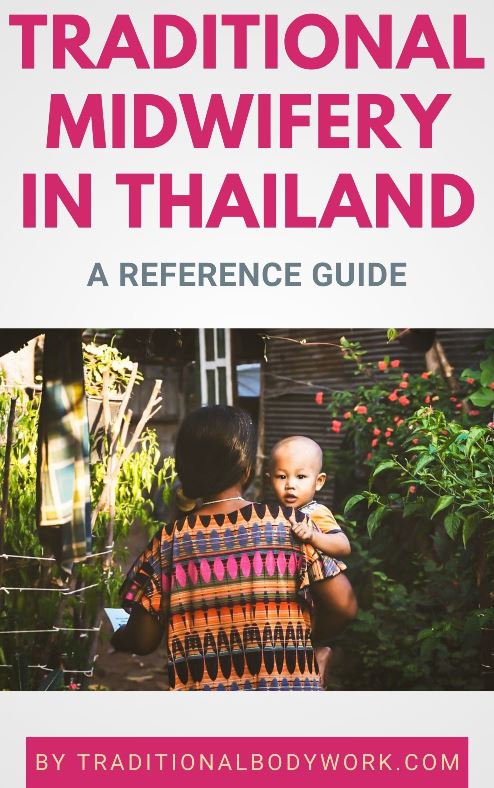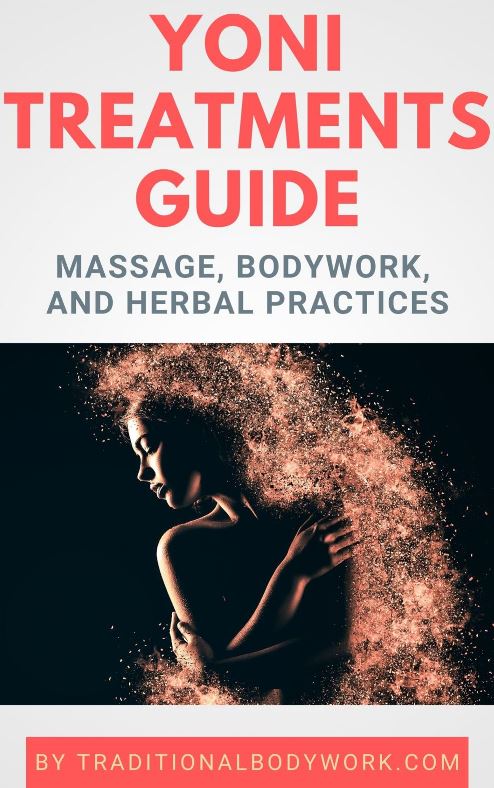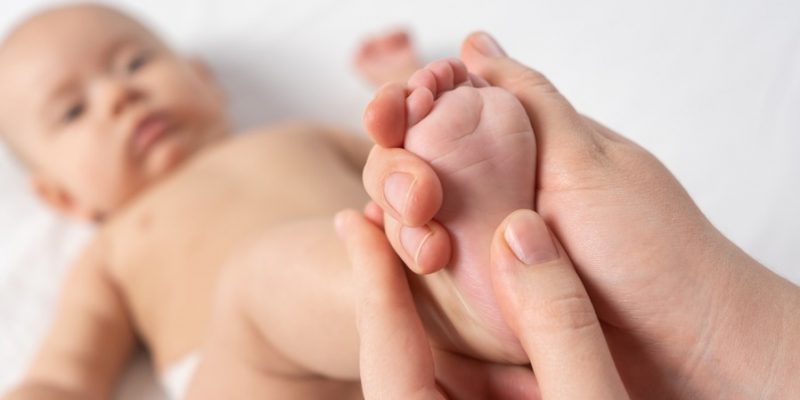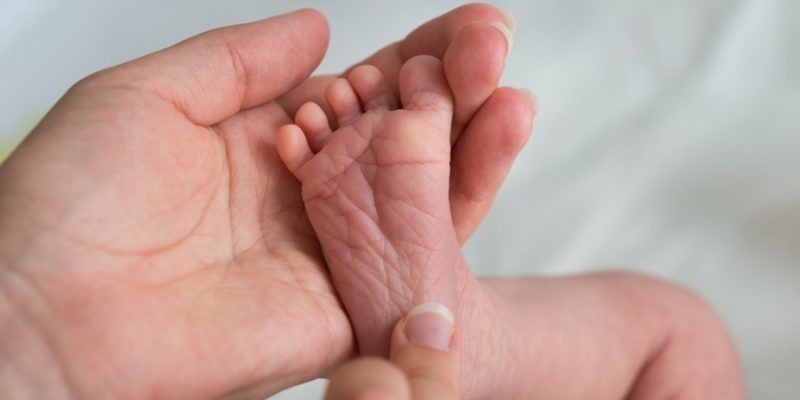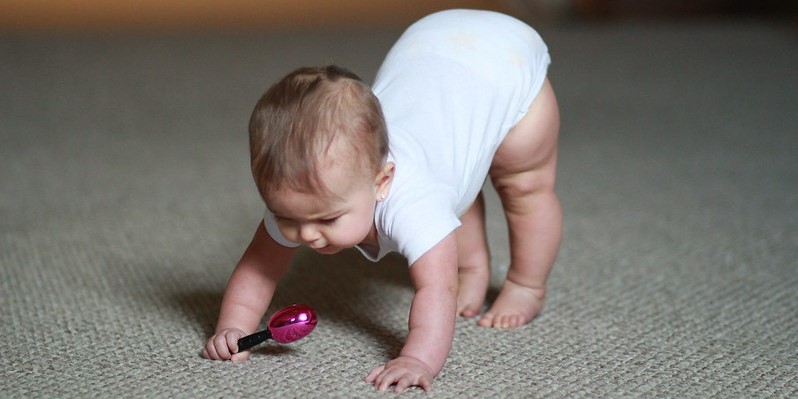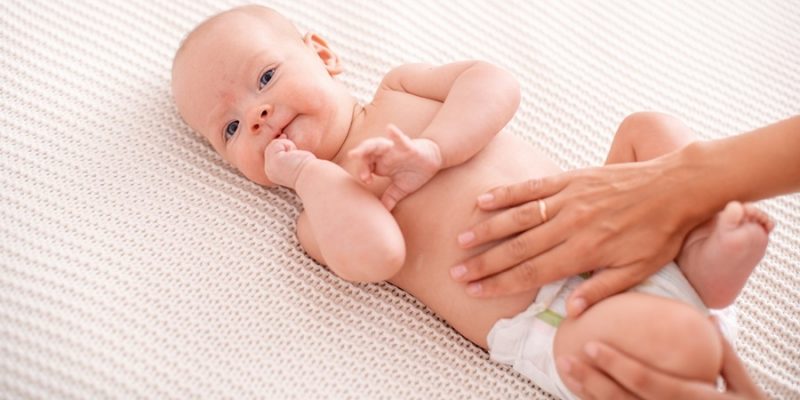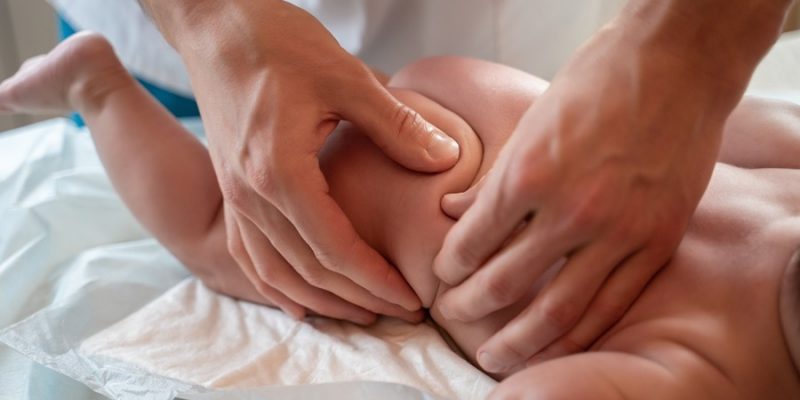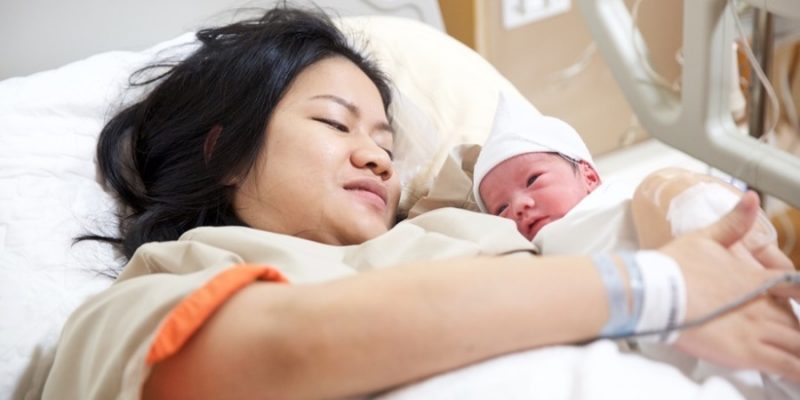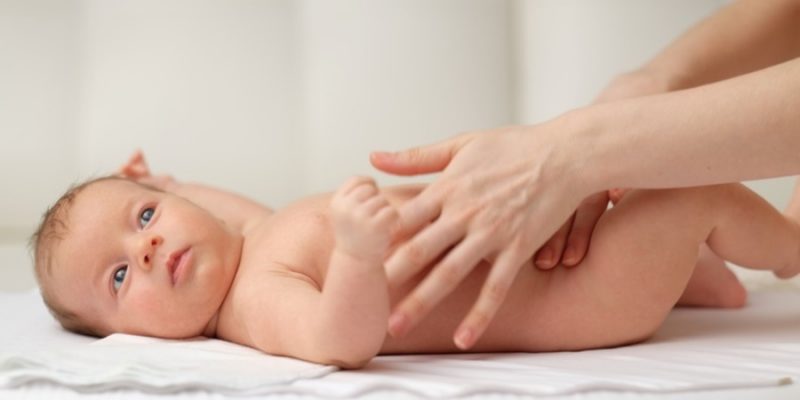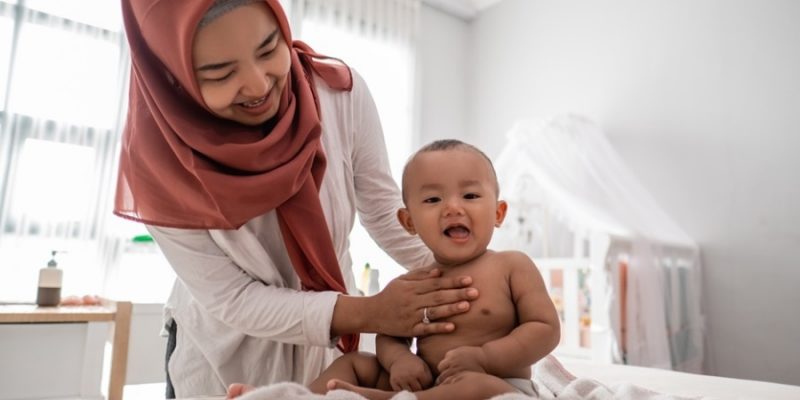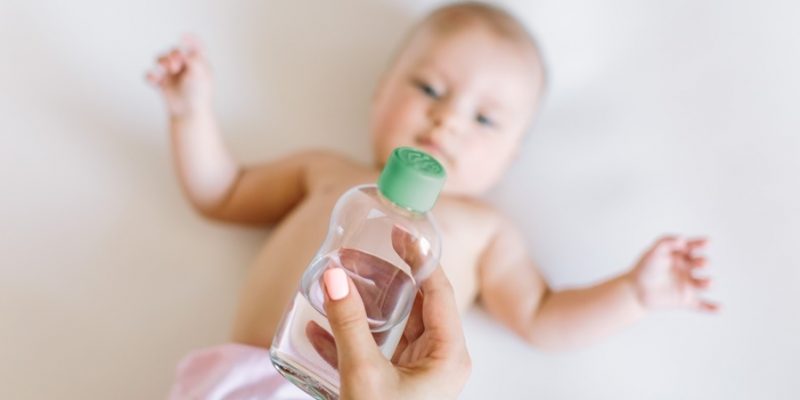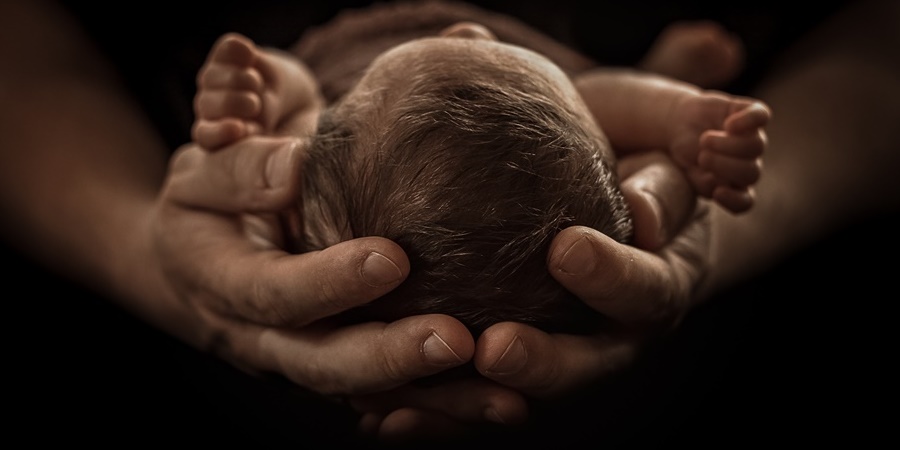
In general, a Baby Massage can be given to any infant, although it’s advised to first consult a midwife, physician, doula, or other appropriate professional healthcare provider if there are any objections.
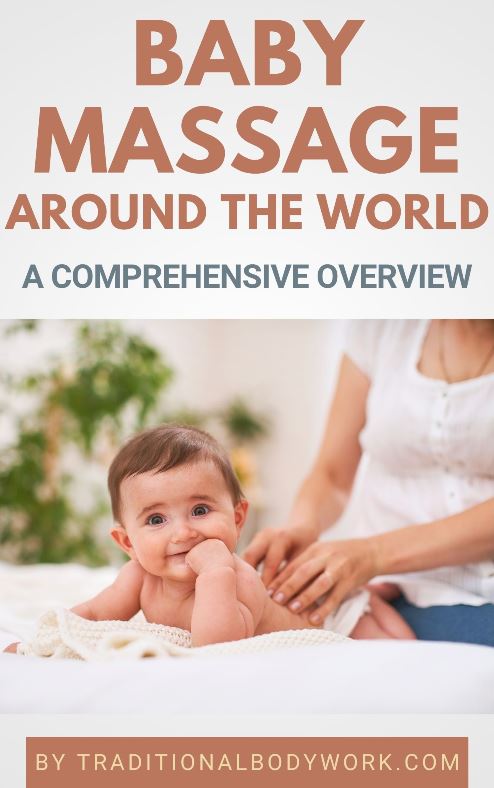
The length of the massage session, the type of Baby Massage, and the techniques applied will naturally depend on the givers knowledge and experience, and on the baby’s (special) needs, abilities and capabilities. For an infant up to about one year old a session will usually take between five and twenty minutes.
Although it’s rather common in certain ancient civilizations, such as some in Africa and Asia, to perform rigorous baby massages, it’s not advised to do this if you have not grown into these traditions and/or have significant training and experience. In short: always massage babies very gently and with care, and first take a Baby Massage course if you have no massage experience.
Massage Precautions
- Preterm babies and special needs babies need extra care and precautions; consult first with a professional midwife, physician, or other appropriate healthcare provider before massaging these babies.
- Very light massage needs to be performed if a baby has a hiatal hernia;
- Caution needs to be observed with babies having diabetes, heart diseases, built-in cardiac equipment, asthma, high blood pressure or having had a (cerebral) stroke in the past. With these babies, exercises that raise blood pressure substantially should be avoided. Arterial compressions should not be performed at all.
- Massage around the ears, the temples, under the armpits, behind the knees, on the knees, under the chin, the eyelids, and on the crown of the head should be done gently.
- Babies carrying the HIV-virus can be given a session, although exchange of bodily fluids should be carefully avoided.
Massage Contraindications
- Be sure to find out if a baby is allergic to certain oils or to certain ingredients that may be used in oils, creams and balms.
- When babies are sleeping, don’t wake them up just for a massage; sleep is an essential “activity” for its growth and development;
- Sessions are not given if the baby has an active cancer, has had an internal operation (surgery) in the three months preceding the session, or has had a relatively severe accident in the past 72 hours.
- Massage is not done on bones, the collar bone (clavicle), the spinal column, the elbow line, on inflammations or swollen areas, on skin infections or problems, on the blood vessels of the neck (carotid artery), on varicose veins, on or directly around broken bones, a surgical area, ulcer or wound.
- Massage is not applied on areas with dermatitis, arthritis, phlebitis. Massage around the area is permitted though.
- Babies with infectious diseases, like flu, diphtheria, or tuberculosis shouldn’t be given a session, because the masseur exposes him or herself to an infection. This goes of course also the other way around.
- If a baby has a fever or is ill it should not be massaged.
- No massage, stretching or pressure is applied on areas where babies have artificial joints or (transplanted) organs.
- No massage is done when a baby has an abdominal aortic aneurysm.
- No massage is done on organ or vertebral hernias, nor forcible actions applied to push them back in their original position.
- No spinal twists (spinal stretches) are applied on babies having problems with the vertebral column, like bulging, slipped or broken disks, or hernias.
- No massage is done on/in the abdominal area if the baby has just finished a meal, or has serious stomach or intestinal problems.
- No massage or rubbing is done or strong pressure given on “thin skin.”
- No massage is done if the baby is very tired.

